As us gamers get older, we tend to look back at games we still hold in high regard. Some bring back memories of when we were kids. Others were just fun to play, whether it was alone or with friends. Regardless, certain titles hold special places in our hearts.
For a lot of people, those games include the Jak and Daxter trilogy. These were easily some of the best games on the PlayStation 2 and ushered in a new era of gaming. Not only that, but they are also a big part of many players’ childhoods, me included.
The Jak and Daxter trilogy are without a doubt some of my favorite games of all time. I still find so much joy in replaying them all these years later. I was feeling nostalgic lately, so I wanted to look back at what made them so great.
Jak and Daxter: The Precursor Legacy
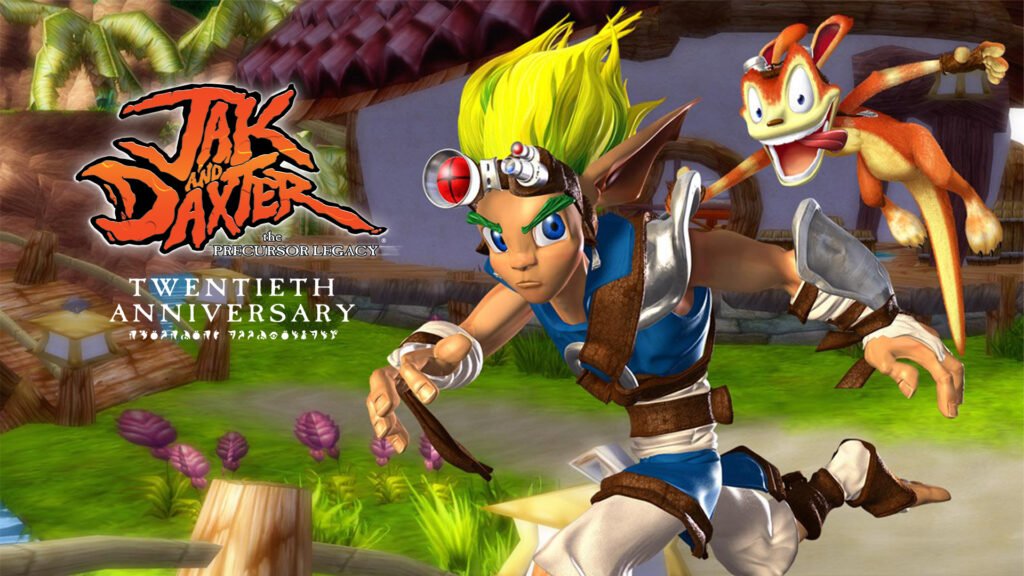
It all started back in January 1999, when Naughty Dog began development on the first Jak and Daxter game. Sony aimed to move away from the formula used to make the Crash Bandicoot series. This time around, they wanted to create an open world, multi-level game free of loading screens and linearity. After several years of development, Jak and Daxter: The Precursor Legacy came out on December 3, 2001.
The game follows Jak, a mute teenager who lives with his best friend, Daxter, in Sandover Village. After visiting the mysterious Misty Island, Daxter falls into a vat of dark eco and is turned into an ottsel. However, their quest to cure him turns into an adventure to save the world from the dark sage, Gol, and his sister, Maia.
Even at a young age, I could tell Jak and Daxter was unlike anything I had ever played before. The graphics at the time were revolutionary, lauded by players and critics alike. One detail that always fascinated me was the day and night cycle. While this is not a mind-blowing concept in video games today, it certainly was back in 2001. Seeing the sun rise or set as I explored helped further immerse me in Jak and Daxter’s world.
Another highlight was the fact that Naughty Dog went the extra mile in creating a distinctive setting. While the story itself was basic, the world it was in was far from it. From the Precursors and their origins to eco and the sages, Jak and Daxter is full of intriguing lore that made it a truly original game.
There were a few downsides though, mainly the story and collectibles. As mentioned before, the main plot was a straightforward tale of Jak and Daxter saving the world. While it is still interesting to some degree, it is anything but unique. However, Jak and Daxter is a kid’s game, so it really didn’t need to be mind-blowing in the story department.
The developers smartly chose to focus on gameplay instead, which is what really attracts kids. They still got to play mini games, ride vehicles, and collect items, just like some of their other favorite games. This time, they got to do it in a massive open world.
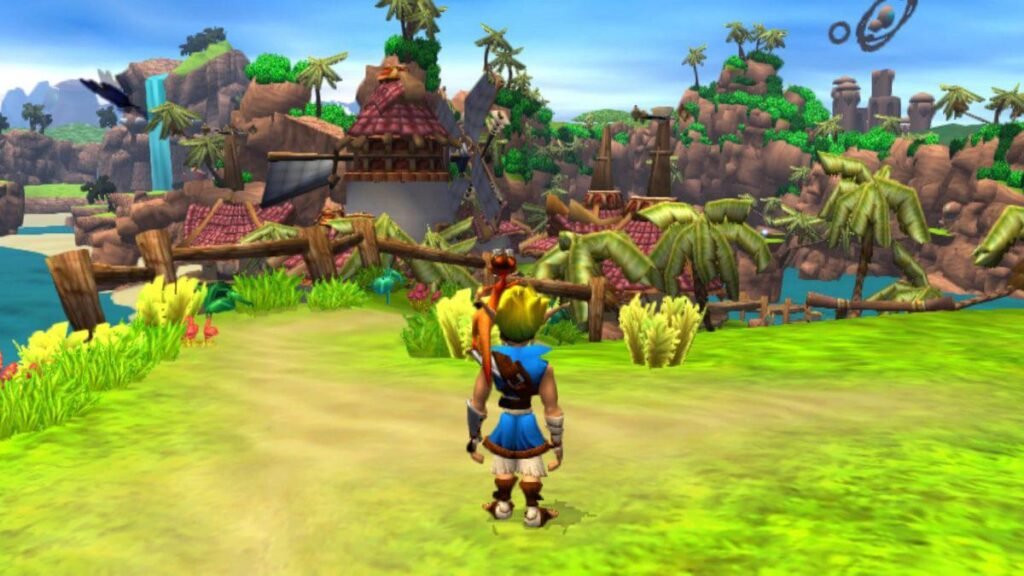
Speaking of collectibles, Jak and Daxter was full of them. So much so in fact, that it directly tied to progressing the story. Some players don’t mind that and enjoy working towards that 100% completion. Others would prefer it to be a side quest and not a main gameplay factor.
Personally, I tend to lean more towards the latter. While collecting items in games doesn’t bother me, it does once I’m forced to do it to keep the story going. There always comes a point where I get stuck on an especially difficult collectible and frustration starts to set in. At that point, I’m not enjoying the game as much and get fleeting thoughts of chucking my controller at the TV.
Despite those minor flaws, Jak and Daxter quickly became a universal hit. The game sold almost one million copies worldwide by 2002, eventually earning it a spot in Sony’s “Greatest Hits” collection.
My first experience with Jak and Daxter came while at a friend’s house. He let me pick from his collection, and it somehow caught my attention. So, we popped it in his PS2 and soon enough I was begging my mom to buy it for me.
Players, like myself, clearly wanted a sequel, so Naughty Dog did just that.
Jak II
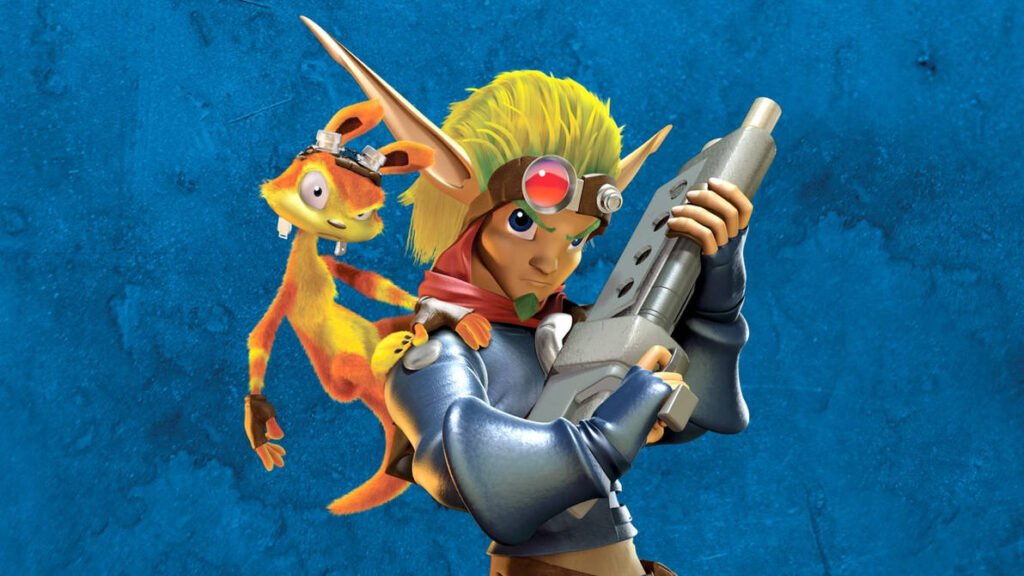
Less than two years later, Jak II released on October 3, 2003. This time around, Jak and Daxter find themselves in the future after traveling through a rift gate. They arrive in the dystopian Haven City, only for the city’s Krimzon Guards to capture Jak. After being experimented on with dark eco for two years, Jak is broken out of prison by Daxter. Together, they work with the Underground to dethrone Baron Praxis and stop the Metal Heads from overrunning the city.
The first thing players noticed about Jak II was the abrupt shift in tone. We saw government corruption, dictators, guns, and crime lords, you know, for the children! The game certainly earned its “T” rating, getting rid of everything that made its predecessor kid friendly. While the change hit everyone with severe whiplash, Sony and Naughty Dog had their reasoning.
As Jak II was in development, Naughty Dog noticed players were gravitating towards more mature games like Grand Theft Auto III. So, instead of scrapping the series entirely and creating something new, they decided to hit two birds with one stone. This decision could have easily backfired, especially since everyone loved what Naughty Dog established in Jak and Daxter. Luckily, fans and critics loved Jak II and the game became a massive hit.
Many lauded the story, which felt like a true adventure. Nearly every character makes you either love or despise them with their clear motives—good, bad, or in between. It also helps that Jak can finally speak in this game, and boy, is he angry! But it’s those emotions that help you root for him and become invested in his story. You are met with plenty of twists and turns along the way, keeping you hooked until the very end.
There were also fun, new gameplay elements which were, not surprisingly, different from those in Jak and Daxter. Sure, you still had vehicles and platforming sections, but now the focus was on action. Missions ranged from hunting down Metal Heads to blowing up an entire control tower. You never really did the same thing twice, which helped keep things fresh and exciting.
Some players, though, had understandable issues with Jak II, most notably the difficulty spike. There are several missions that feel like they’re there to mock you. For me, it was a mission in the slums section of the city that still keeps me up at night. Anyone who’s played the game knows exactly which one I’m talking about.
However, the missions themselves honestly aren’t that hard. They only feel that way because of a couple reasons, the first being the health system. Jak’s health never increases throughout the game, despite stuff continuing to hit the proverbial fan. Combine that with your gun getting ready to run out of ammo, and you better pray there’s a health pack nearby.
But the biggest contributor to the challenge is, without a doubt, the checkpoint system. I use that phrase lightly because this was one of the most inconsistent systems I’ve ever seen. Certain missions have checkpoints every two inches, while others have one at the start and that’s it. Imagine being seconds away from completing a mission, only to die and have to start all over again.
Frustrating doesn’t even begin to cover it, especially when the margin of error is slim. In some cases, Jak can die in one hit or instantly if he falls off a platform. You can also trigger a mission failure just by letting an NPC walk too far away. So, it’s fair to say that if you aren’t paying attention, you are in for a rough ride.
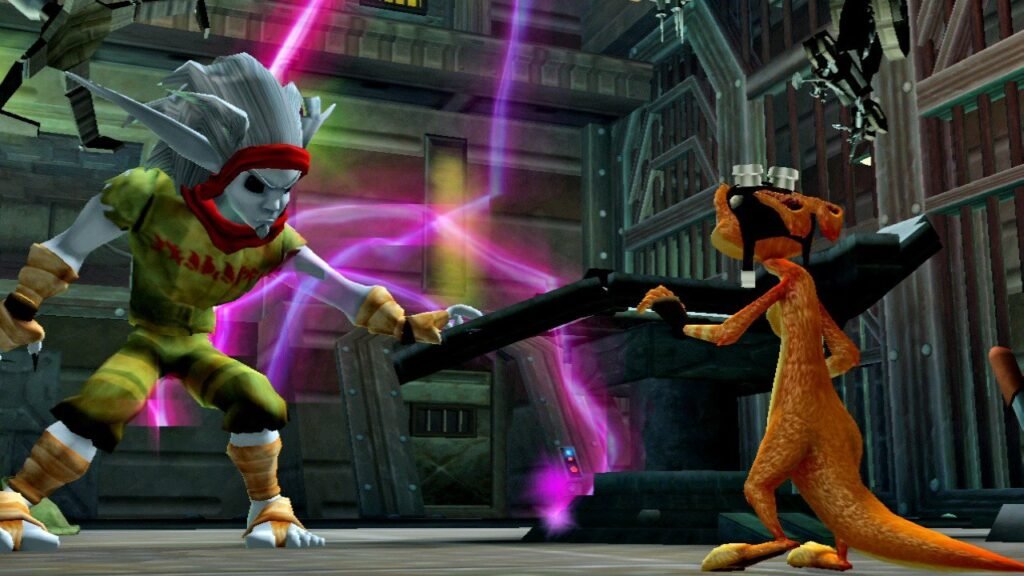
An added criticism was the use of Dark Jak. It seemed like a big deal in the opening of the game but quickly became an afterthought. Dark Jak ended up becoming a last resort during combat, mainly because of his powers. Most of them wiped out everyone, but also reverted you to regular Jak immediately afterwards. At the end of the day, it was just easier to use the guns instead.
Regardless of a few hiccups, Jak II was another hit with both players and critics. Personally, it is my favorite game out of the trilogy, mainly for the story, characters, and variety of missions. Even after almost 19 years and plenty of playthroughs, returning to Haven City never gets old for me. I still get a kick out of uncovering all the city’s secrets, both good and bad. That is a testament to how great the game is and how groundbreaking it was in 2003.
Jak 3
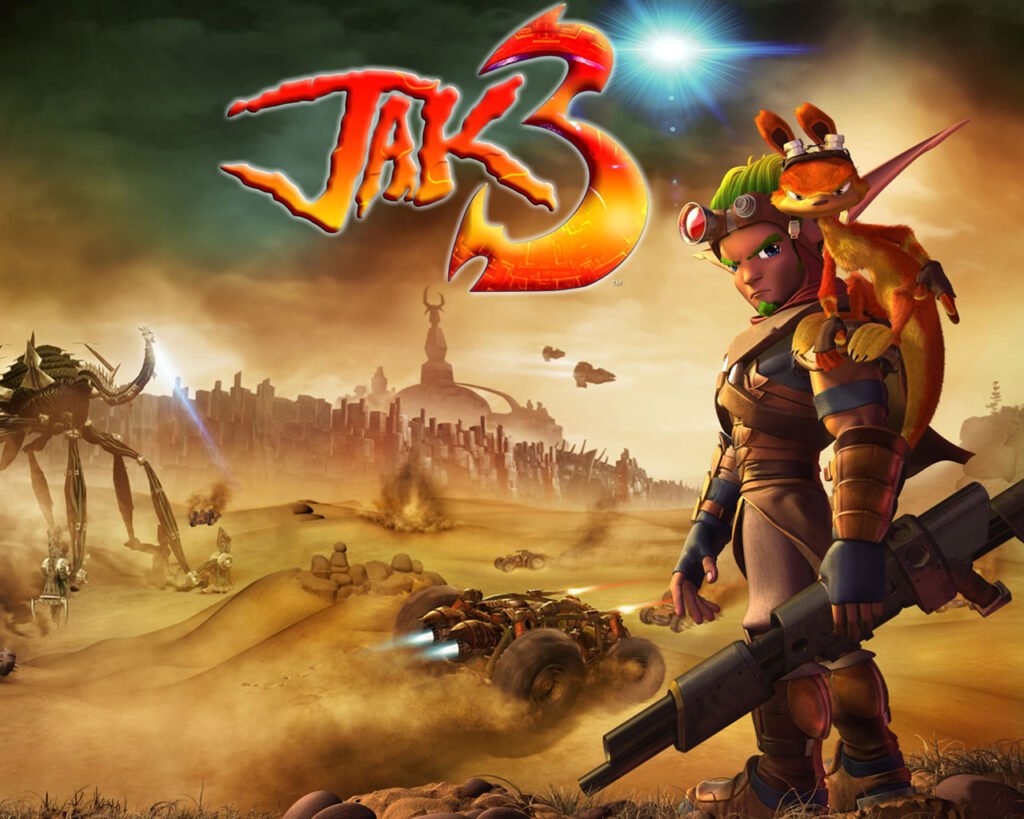
Four months after Jak II’s release, Sony announced that a third game was in the works. Fans didn’t have to wait long, as Jak 3 came out on November 9, 2004. You might think that barely a year in between games is crazy, but it makes sense once you look closer.
The games are almost identical, since Jak 3 reused a lot of elements from Jak II. You still get guns, vehicles, and some—but not all—of Haven City. Naughty Dog clearly went with the “if it isn’t broke, don’t fix it” mindset for this one, but that’s okay. Sure, it isn’t the most original concept, but why try to uproot everything for your closing chapter?
Fortunately, the few changes they did make did nothing but add to the game, starting with the story. The end of Jak II saw our heroes save Haven City, but there is no happy ending just yet. Jak 3 opens with Jak getting exiled after being accused of letting the Metal Heads into the city. Count Veger banishes him and Daxter to the Wasteland and leaves them for dead.
They are ultimately saved by King Damas and his group of outcasts. Jak and Daxter must then work to return to Haven City and stop the ongoing war from completely destroying it. In the meantime, they also must deal with a terrifying new threat that dooms their world.
Players also got a new area to explore in Spargus, along with the Wasteland itself. This also gave you access to several new vehicles, which are used to complete missions in the desert. Each vehicle was different than the next, so you had plenty of variety and nothing became dull. The same could be said for the guns too, which now expanded to 12 instead of the previous four.
There was also the debut of Light Jak. Dark Jak is back, but sadly unchanged from before. Light Jak, however, is a real highlight of the game. While Jak’s dark side is more focused on offense and combat, his light side is more about defense and healing. Light Jak is used more effectively and is needed to progress further in the story.
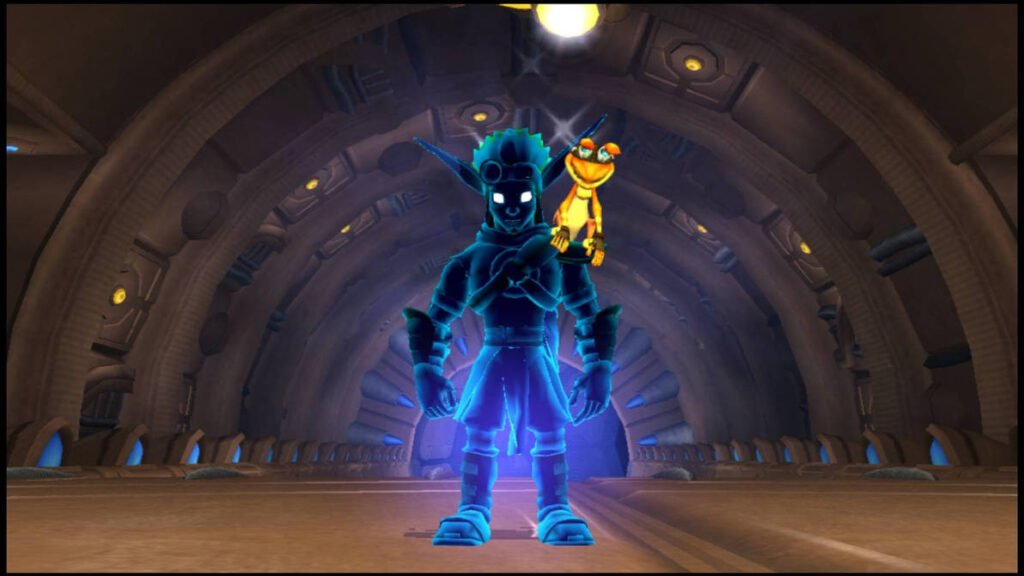
A couple more welcome changes were the checkpoints and health system. Naughty Dog learned its lesson from Jak II, making checkpoints more consistent and frequent this time around. Jak’s health also increases as he collects various pieces of Precursor armor. Add Light Jak’s healing ability and things felt a lot easier than before.
Haven City is also different, but in a more chaotic way. The place is a battleground, with the Freedom League fighting the Metal Heads and KG Death Bots. The war gradually spreads across the city as time goes on, so there is never a peaceful moment. That is saved for Spargus, which is technically the main area now.
While this should feel like an epic conclusion, though, things get a little hectic. Not only do you have to deal with Count Veger, but also Errol from Jak II and the Dark Makers. Factor in that Jak 3 is about five hours shorter than Jak II, and the payoff feels a little rushed.
Despite all that, Jak 3 is still a very satisfying ending to the trilogy. I thoroughly enjoy playing it every time and it is a close second for me behind Jak II. It’s always a blast exploring the Wasteland and weaving my way through the war-torn Haven City.
All the loose ends are tied up and the ending left room for more games. Naughty Dog did make Jak X: Combat Racing afterwards, but it clearly focused more on racing than another adventure. There was also Jak and Daxter: The Lost Frontier made by High Impact Games, but we don’t talk about that.
Either way, Naughty Dog made the smart choice in ending the series when it did. They could have easily dragged it out but chose to end on a high note and kept their creative integrity intact.
Overall, the Jak and Daxter trilogy were revolutionary games back in their day. Naughty Dog’s passion and creative vision set the bar when it came to developing something truly original and engaging. They crafted a world filled with action and mystery, fueling the imaginations of players who grew up with the series.
That is why millions of people, me included, hold these games in such high regard. They give us that nostalgic feeling no matter how many times we jump back into Jak and Daxter’s world. Hopefully, you give these games a try for yourself. Then you can see what made seven-year-old me—and 26-year-old me—love them so much.


